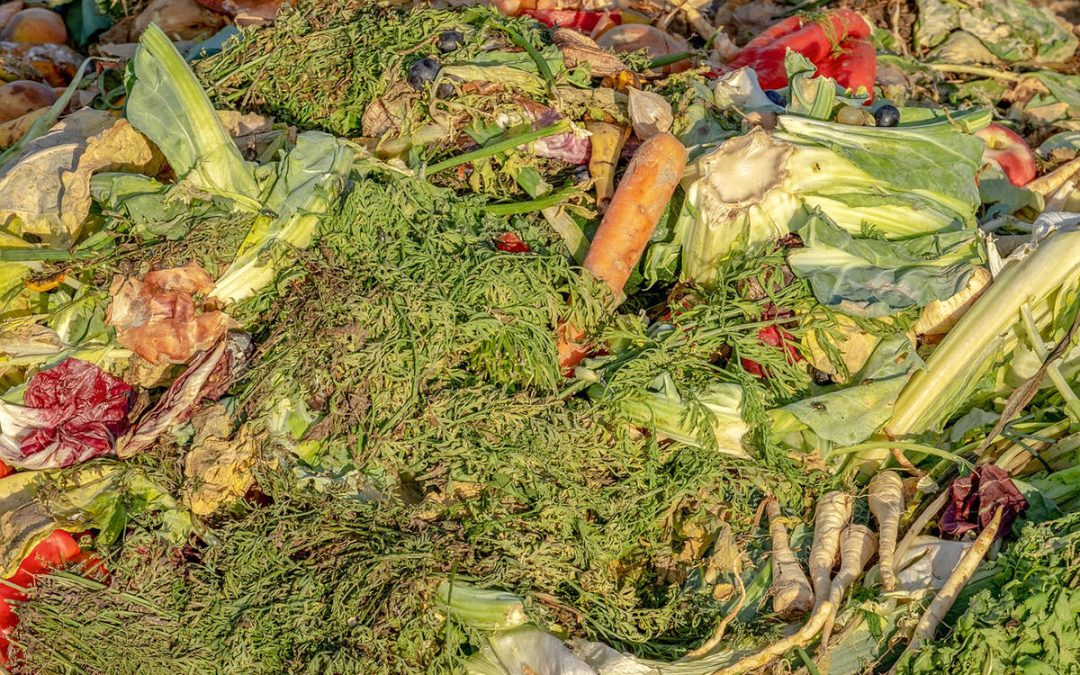The disparity between food waste and food insecurity is a somber phenomenon. Estimates from the United Nations report a rise in global food production of up to 300 per cent over the past 50 years whereas the number of people experiencing food insecurity has risen by 830 million in the last three years alone. Paradoxically, we live in a time where two billion people are obese and adversely affected by serious health conditions such as type 2 diabetes, heart disease and hypertension.
In stark contrast to food insecurity, recent estimates indicate 58 per cent of all the Canadian food produced and imported is wasted.
This includes wastage across the food chain, such as food that was unable to be harvested, food lost due to storage issues, and retailers rejecting foods due to aesthetics. Not only does food waste misappropriate land, water and valuable resources, but it also contributes to roughly eight per cent of global greenhouse gas emissions. Furthermore, the decomposition of food in landfills releases methane, a gas much more potent than carbon dioxide. A sizable contributor to climate change, food wastage is so large that if it was a country, it would be the third-largest carbon dioxide-emitting country in the world after the United States and China!
Important efforts are being made globally, nationally and locally to reduce the waste that occurs between farm to fork. Canada, a higher-income country producing more than double the food waste of lower-income countries, pledged commitment to the UN’s Sustainable Development Goal 12.3, aiming to reduce food waste by 50 per cent by the year 2030. The largest food rescue charity in Canada, Second Harvest, has been redistributing unsold, nutritious food to charitable organizations for 35 years. Those responsive efforts equate to a rescue of 155 million pounds of nutritious food and the diversion of 192 million pounds of greenhouse gases. In a single year, local collaborations between LUSH Valley Food Action Society, social housing programs, and community partners such as the Comox Valley Food Bank, saw 50,000 pounds of fresh fruit and farm produce redistributed to those facing food insecurity.
While non-profit organizations, governments, and businesses are working to reduce food waste, we must also reflect on individual efforts. In Canada, a whopping 20 per cent of total food wastage occurs at the household average. This translates into a household financial loss of $1,800 every year. Individual food wastage is primarily due to personal overestimation of need and kitchen inefficiencies. There are concrete, everyday actions individuals are already taking to reduce household food waste. Our collective footprint can be reduced if we all take action to reduce household food waste. We can encourage one another to buy only what we need and compost food waste in our garden composters or community curbside pick-up. We can imagine new ways to utilize leftovers and overripe produce. We can challenge the belief of “expiration dates” which is only required on foods with strict nutritional specifications such as baby formula and meal replacements. On the other hand, best before dates indicate the peak date for a product and does not pose a safety risk if consumed before a product is spoiled.
In the fall of 2021, the UN Food Systems Summit will aim to “awaken the world to the fact that we must all work together to transform the way the world produces, consumes and thinks about food.” Food is intrinsic to our economies, our land use, our labour and our culture – it is also a significant driver of planetary health. The data supports the conclusion that the current food system is a major contributor to environmental degradation and climate change. As we turn a corner into this new year, perhaps we awaken to the food waste phenomenon and realign our relationship to the food that sustains us all.
Megan Tomlinson R.N., is a member of the Comox Valley Nurses for Health & the Environment www.cvnhe.org Media Contact: Helen Boyd R.N.cvnhe@telus.net
